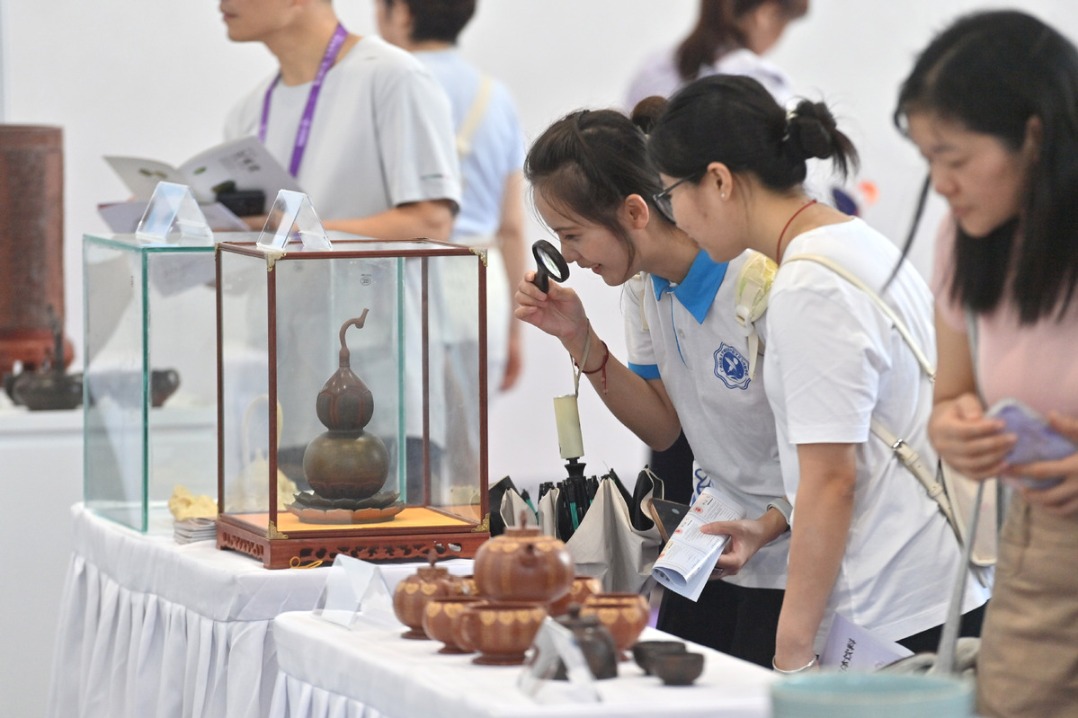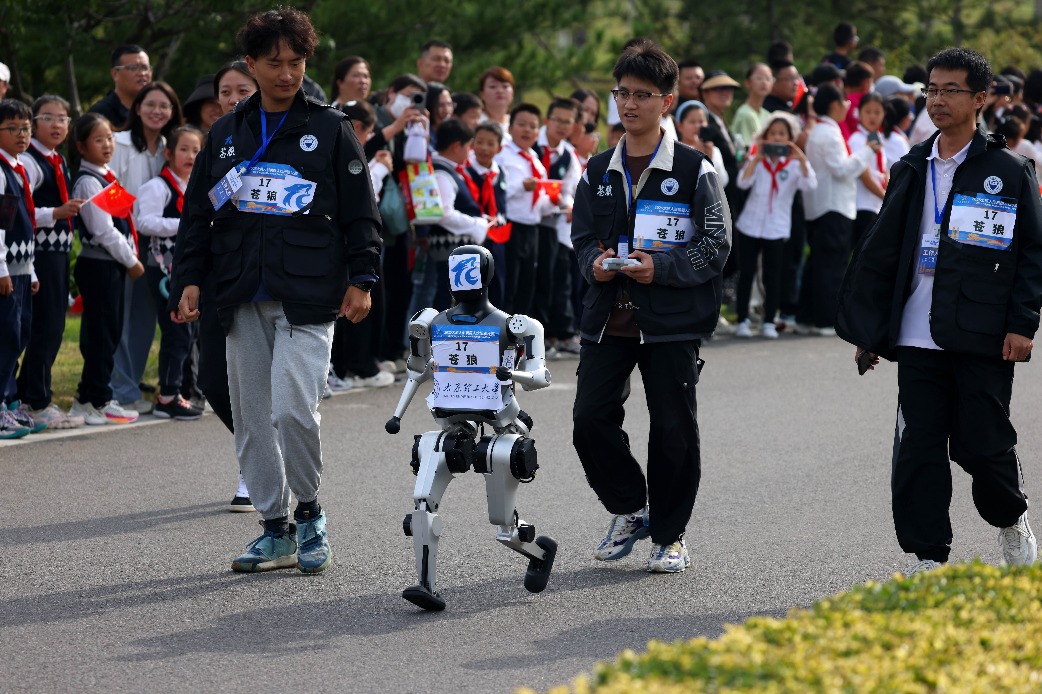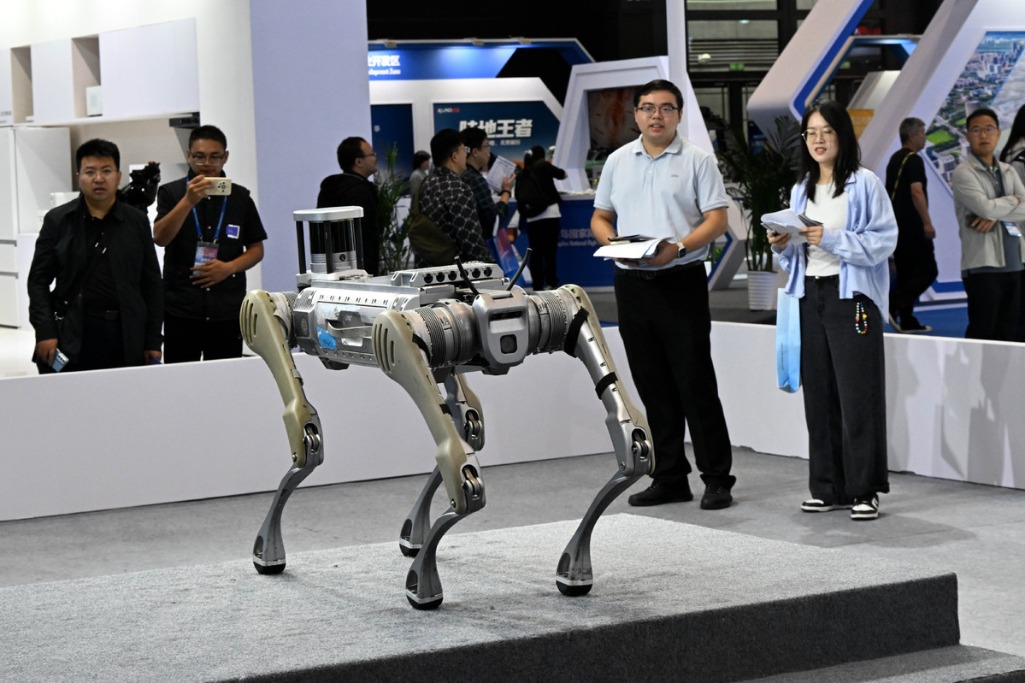New rules to ensure steady market growth, says ministry
Strict checks and tax incentives are on the cards, say officials at industry forum


China will boost consumption and improve regulations to ensure steady and high-quality growth of the automobile industry as it faces challenges such as disorderly competition during rapid development, officials noted at an industry forum recently.
Guo Shougang, an official at the Ministry of Industry and Information Technology, said China will optimize tax incentives for new energy vehicles and promote the adoption of NEVs in rural areas, at the International Forum (TEDA) on Chinese Automotive Industry Development held in Tianjin in mid-September.
These measures are part of a new plan to stabilize growth in the auto industry for 2025-26, issued by MIIT and seven other government departments a day before the forum.
The plan targets 32.3 million in vehicle sales in 2025, below the 32.9 million units projected for the year by the China Association of Automobile Manufacturers. For NEVs, the target is 15.5 million units, up 20 percent year-on-year from 2024 levels. CAAM's NEV forecast was 16 million units.
The plan also addresses unruly competition in the industry, which proposes strengthening cost investigations, price monitoring, and product consistency checks, while urging key manufacturers to honor payment term commitments.
Major Chinese automakers, including BYD, SAIC, Changan, and Chery, have responded positively to this initiative and established clear rules to make timely payments to suppliers.
Geng Hongzhou, an official with the Ministry of Commerce, said that the MOC will use reform measures to eliminate restrictive measures that hinder automobile consumption, shifting from managing purchases to managing usage, and foster new growth in automobile consumption innovatively.
As of Sept 10, the number of applications for automobile trade-ins, a policy allowing consumers to exchange old cars for new ones with subsidies, reached 8.3 million this year, according to Geng.
Data from the CAAM shows that from January to August, car production and sales reached 21.05 million and 21.13 million units respectively, with a year-on-year growth of 12.7 percent and 12.6 percent.
NEVs, as the main growth driver, saw sales of 9.62 million units, a year-on-year increase of 36.7 percent. NEVs accounted for 45.5 percent of total new car sales — far exceeding MIIT's 2020 target, which aimed for NEVs to make up around 20 percent of total new car sales by 2025.
Ouyang Minggao, a professor at Tsinghua University, highlighted that China has entered the era of intelligent electric vehicles, where electrification and autonomous capabilities will reshape the industry.
He predicted that NEV sales in 2025 will exceed 15 million units. After that, the sector will enter a steady period with the year-on-year growth declining but NEV ownership rising. By 2030, China's NEVs on the road are expected to reach 100-160 million units.
The year 2025 marks the end of China's 14th Five-Year Plan (2021-25) period. Looking back, the industry's breakthroughs in scale expansion and green transformation can be glimpsed from data provided by Li Tianwei, an official with the Ministry of Ecology and Environment.
He noted at the forum that during the five years, China's vehicles rose by 25 percent, while nitrogen oxide and volatile organic compounds emissions fell by 31 and 13 percent respectively. The share of outdated heavy-duty trucks dropped from 59 percent in 2020 to 30 percent in 2024, and new energy heavy truck sales increased from less than 1 percent in 2020 to 18 percent by August 2025.
An Tiecheng, chairman of the China Automotive Technology and Research Center, said that during the 14th Five-Year Plan period, China's auto industry shifted from "being large in scale" to "being strong in competitiveness". But it still faces challenges, including bottlenecks in automotive-grade chips, insufficient vehicle-road-cloud collaboration capabilities, and international trade barriers.
Looking ahead to the next period, An proposed priorities which include boosting independent innovation, advancing intelligent connectivity and deepening international cooperation.
"The next period will undoubtedly be a critical phase for Chinese automakers to evolve into global players," said Wu Huixiao, CTO of Great Wall Motor.
"Globalization will no longer be limited to simple product exports, but rather an ecosystem-based global expansion encompassing technology, brands, manufacturing, supply chains, and cultural values," she said at the forum.
The auto industry is expected to enter a phase of steady refinement and advancement over the next five years. Stability is not about being slow; it's about returning to the essence of car manufacturing and seeking a leap in systemic capabilities under a long-term approach, Wu said.
This requires Chinese automakers to respond to market conditions and regulatory requirements, understand preferences in diverse markets, and achieve a comprehensive layout in R&D, production, supply chains, and brand building, she added.
caoyingying@chinadaily.com.cn



































